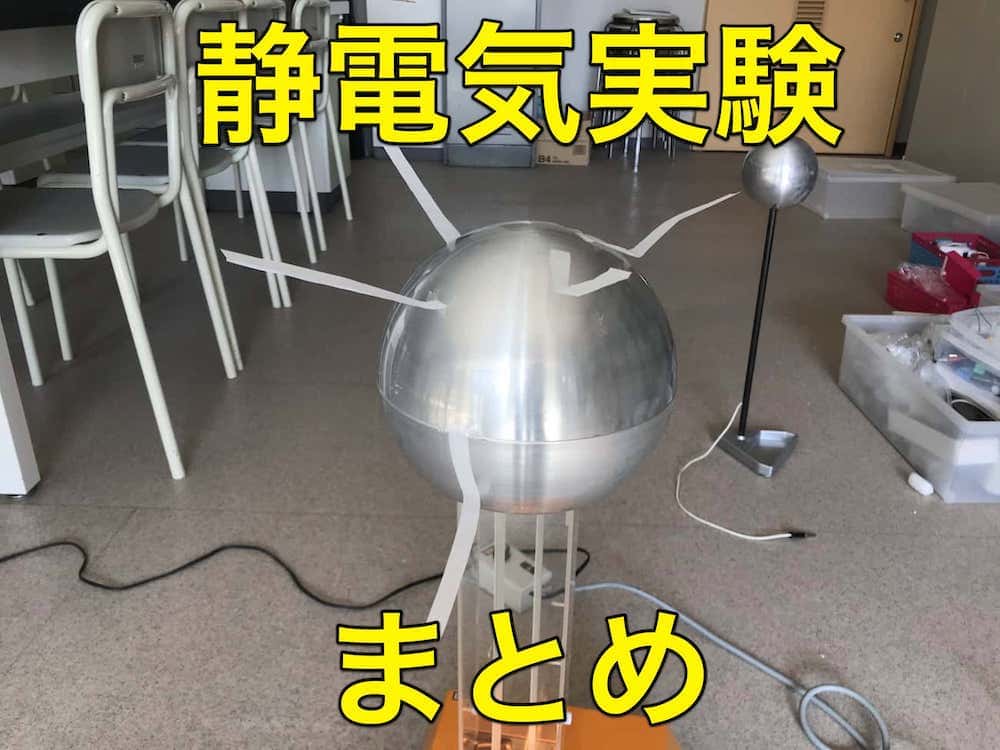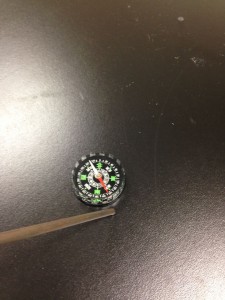No Power Needed! How Static Electricity Turns into Light – The Shocking Secrets of Fluorescent Lamps
Hello! I’m Ken Kuwako, your Science Trainer. Every day is an experiment!
“ZAP!” That little sting that races to your fingertip when you reach for a doorknob on a dry winter day. Most of us just think of “static electricity” as an annoying shock, but what if I told you this same static charge has the power to light up a fluorescent bulb without being plugged into a wall outlet? Pretty shocking, right?
That tiny spark is actually proof of “high voltage,” reaching thousands of volts. Today, let’s dive into a fascinating experiment to light a fluorescent tube using this invisible, powerful energy!
A fluorescent bulb is typically lit by plugging it into a household power outlet. The tube contains small amounts of “mercury vapor” and “argon gas.” When electricity flows through this gas, it generates invisible “ultraviolet light.” The “phosphor coating” on the inside of the tube then absorbs this UV light and converts it into the “visible light” we see.
So, how does static electricity fit in? Static electricity has an extremely high “voltage,” but the “amount that flows (current)” is very small. However, what’s crucial for lighting a fluorescent bulb is first applying a “high voltage” to energize the gas inside the tube. Just like that “ZAP!” from the doorknob is several thousand volts, properly collected static electricity has more than enough voltage to make the gas inside the fluorescent tube glow (a phenomenon known scientifically as “discharge”).
The Experiment
To store the static charge, we will be making a “Leyden Jar.” The Leyden Jar is a device that can store static electricity and is sometimes called “the world’s first capacitor (or electrical storage device).” It gets its name from being invented at the University of Leiden in the Netherlands in the 18th century (about 270 years ago!).
Back then, “public experimental shows” were hugely popular, where they would charge the jar and have a large group of people hold hands to feel the shock. That’s how groundbreaking the technology of “storing” electricity was!
You’ll attach aluminum foil to both the inside and outside of the Leyden Jar. After charging it with static electricity, you bring the end of the fluorescent tube close to the gap between the inner and outer foil.
What You’ll Need
Leyden Jar, Balloon, Towel, Fluorescent Bulb (mini)
1 Make your Leyden Jar (See the instructions here).
2 Generate and store static electricity in the Leyden Jar using the balloon and towel. You can store the electricity efficiently by rubbing the balloon, which has been charged with the towel (carrying a negative charge), against the inner aluminum foil of the Leyden Jar. You can find details on the charging method here.
3 Bring the fluorescent tube closer, positioning it to connect the inner and outer aluminum foil of the Leyden Jar.
Bring it closer, little by little… (Exciting, isn’t it?!)
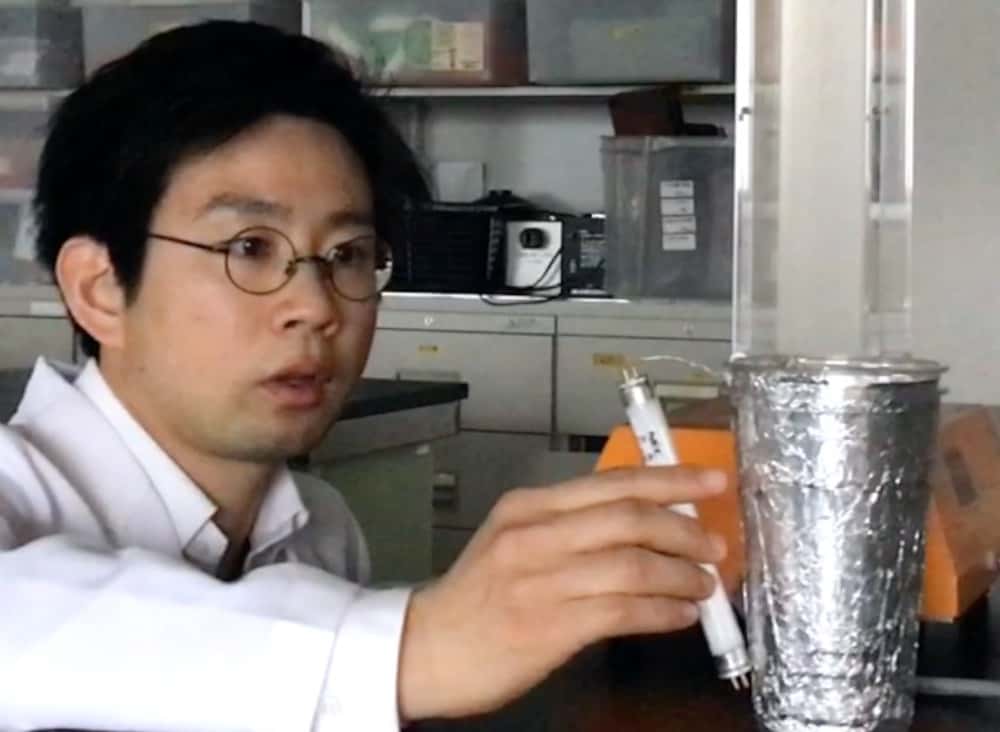
It lights up!!
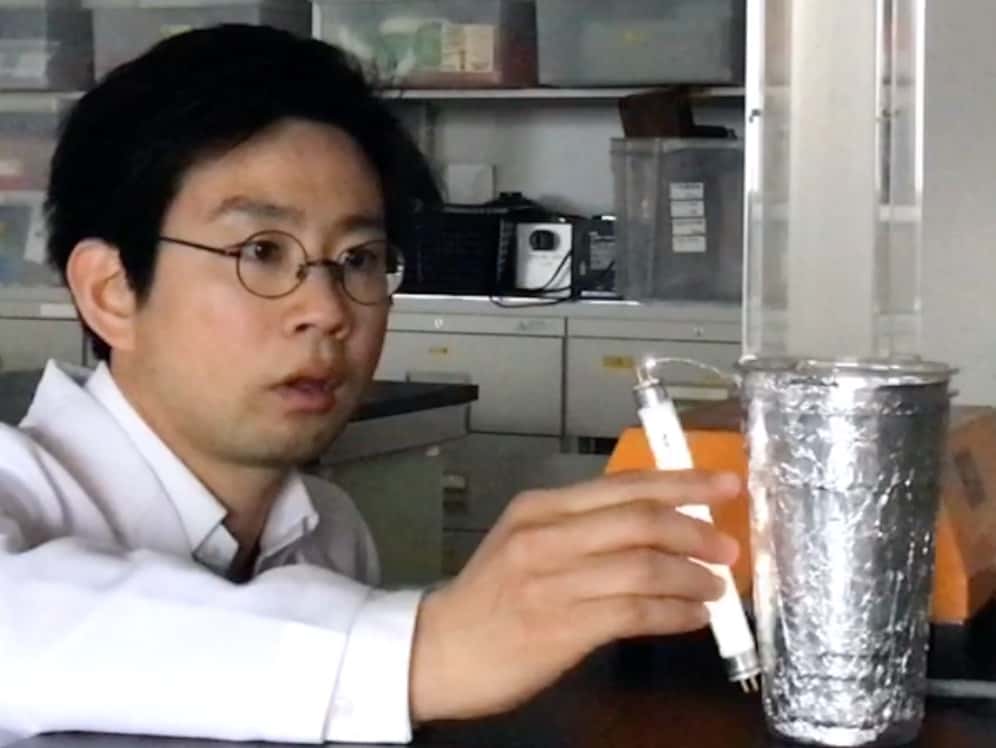
The bulb lit up the moment the electricity stored on the inner surface (negative charge) of the Leyden Jar tried to flow through the gas in the fluorescent tube to the outer foil (positive charge). This caused the gas in the tube to “discharge” and glow. It’s essentially a tiny bolt of lightning happening inside the fluorescent tube! You can charge the Leyden Jar using static electricity generated by things like a plastic sheet or a rubber balloon.
We usually treat static electricity as an annoying “ZAP,” but this clearly shows its true nature as legitimate electrical energy with an extremely high voltage. Perhaps this is exactly how early scientists felt a sense of awe and excitement as they uncovered the true nature of electricity.
This is an experiment you can try at home. Give it a go!
Even More Fun Experiments Using a Static Electricity Generator (Van de Graaff)!
We also have other exciting experiments using the “Van de Graaff generator,” a static electricity machine. This includes experiments we performed on a TV program with celebrities like Suzu Hirose, Ryohei Suzuki, Yasuko, and Osada and Matsuo from Chocolate Planet. Find more details here.
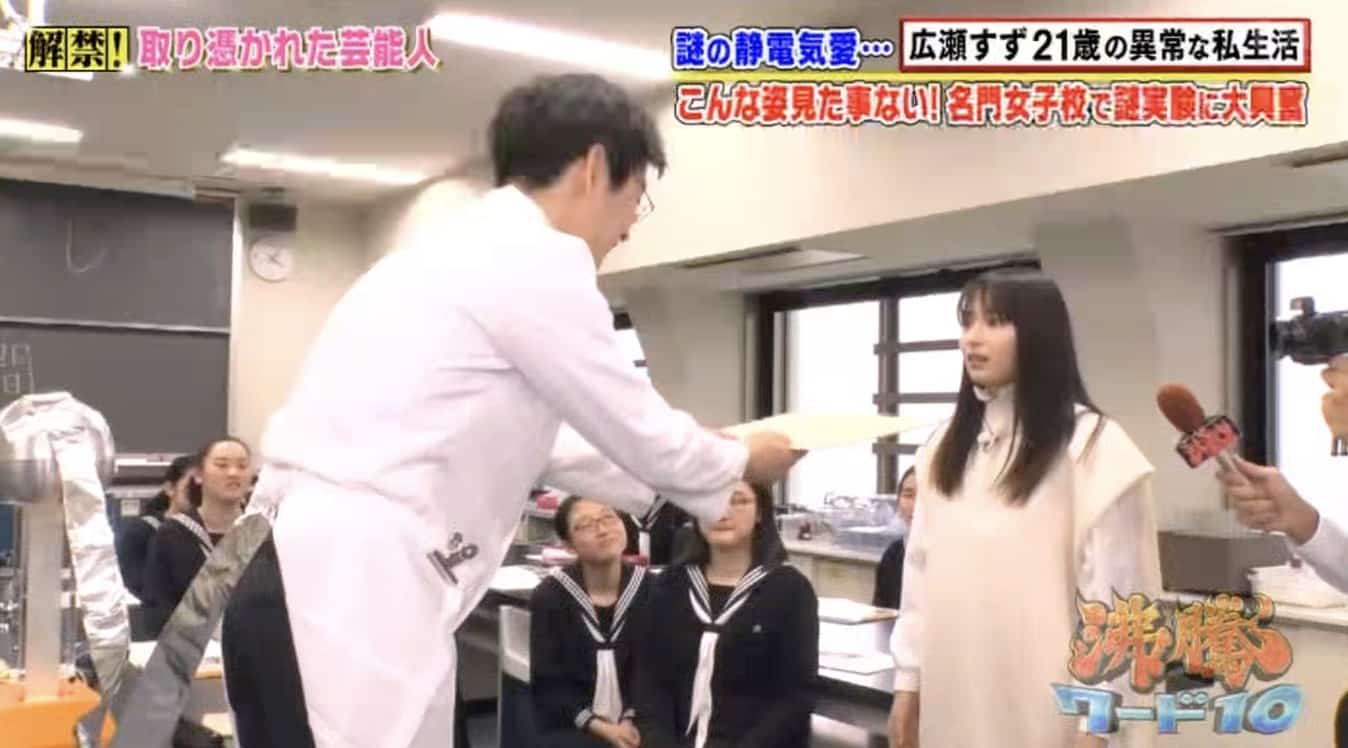
* Please note that experiments using a static electricity generator (Van de Graaff) must always be performed with a specialist present. Please proceed with caution. For requests regarding static electricity experiments (workshops, TV supervision/appearances, etc.), please contact us here.
[Special Feature] Can’t Stop Doing Static Electricity Experiments!
Contact & Booking Information
Bring the wonder and excitement of science closer to you! This blog offers simple explanations of fun science experiments you can do at home and tips for getting them right. Feel free to browse and search our content!
The content of this Science Notebook has been published as a book. Details here.
About the author, Ken Kuwako: here
For bookings and inquiries (writing, lectures, science workshops, TV supervision/appearances, etc.): here – Article updates are posted on X!
![]() We stream experiment videos on the Kagaku no Neta Channel!
We stream experiment videos on the Kagaku no Neta Channel!

